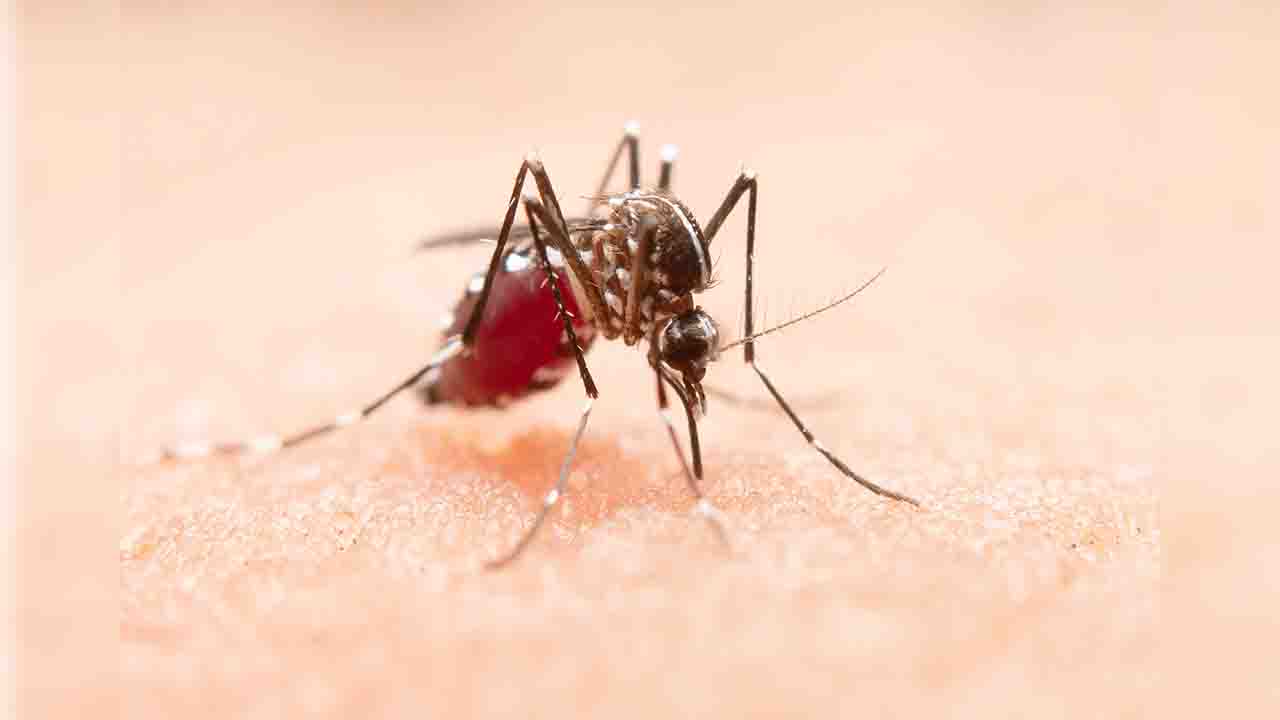An inexpensive malaria vaccine that can be formed on an enormous scale has been suggested for usage by the World Health Organization (WHO).
The vaccine has been established by the University of Oxford and is the second malaria vaccine to be established. Malaria kills typically children and infants, and has remained one of the major plagues on humanity.
There are already arrangements in place to production more than 100 million dosages a year. It has engaged more than a century of scientific struggle to advance effective vaccines to fight against malaria.
The sickness is instigated by an intricate parasite, which is spread by the bite of a blood-ingesting mosquitoes. It is distantly more sophisticated than a disease as it hides from our invulnerable system by continually shape-shifting within the human body.
That makes it tough to build up protection naturally through infectious malaria, and problematic to develop a serum against it. It is nearly two years to the day since the first vaccine – named RTS, S and established by GSK – was backed by the WHO.
Dr Tedros Adhanom Ghebreyesus, director-general of the WHO, alleged It was a instant of “great pleasure”. He used to dream of the day we would have a harmless and operative vaccine against malaria, now we have two, he said.
The WHO informed the efficiency of the two vaccines was “very alike” and there was no indication one was better than the other.
However, the key variance is the capability to produce the University of Oxford vaccine – called R21 – at scale. The world’s major vaccine manufacturer – the Serum Institution of India – is already creased up to produce more than 100 million doses a year and strategies to scale up to 200 million doses a year.
Consequently, there are only 18 million doses of RTS, S.
The WHO said the innovative R21 vaccine would be a vital supplementary tool. Each dose costs $2-4 (£1.65 to £3.30) and four doses are required per person. That is about half the price of RTS, S.
The two vaccines use similar technologies and mark the same phase of the malaria parasite’s growth. However, the newer vaccine is easier to assemble as it needs a reduced dose and customs a simpler accessory (a chemical given in the vaccine that jolts the immune system into action).
In 2021, there were 247 million cases of malaria and 619,000 individuals died, greatest of them were children under the age of five. More than 95% of malaria originate in Africa.
Dr Matshidiso Moeti, the WHO provincial director for Africa, informed this second vaccine holds real potential to close the enormous demand-and-supply opening.
Distributed to scale and moved out widely, the two vaccines can aid reinforce malaria prevention, control efforts and help hundreds of thousands of young lives.
Information that has been issued online, but has not completed the usual procedure of scientific appraisal, displays the R21 vaccine is 75% operative at averting the disease in parts where malaria is recurrent.
The WHO’s strategic advisory assembly of experts alleged that numbers were comparable to the initial vaccine (RTS, S) in seasonal areas. The success of malaria vaccines is lesser in areas where the organism exists all year round.
Prof Sir Adrian Hill, director of the Jenner Institute in Oxford where R21 was established, said, the vaccine is effortlessly deployable, cost effective and reasonable, ready for delivery in areas where it is desired most, with the possibility to save hundreds of thousands of lives a year.
Gareth Jenkins, from Malaria No More UK, said the truth is that malaria funding worldwide is far from where it requests to be and yearly deaths from malaria rose during the pandemic and are still over pre-pandemic levels, so we cannot afford to be satisfied as new tools are established.








